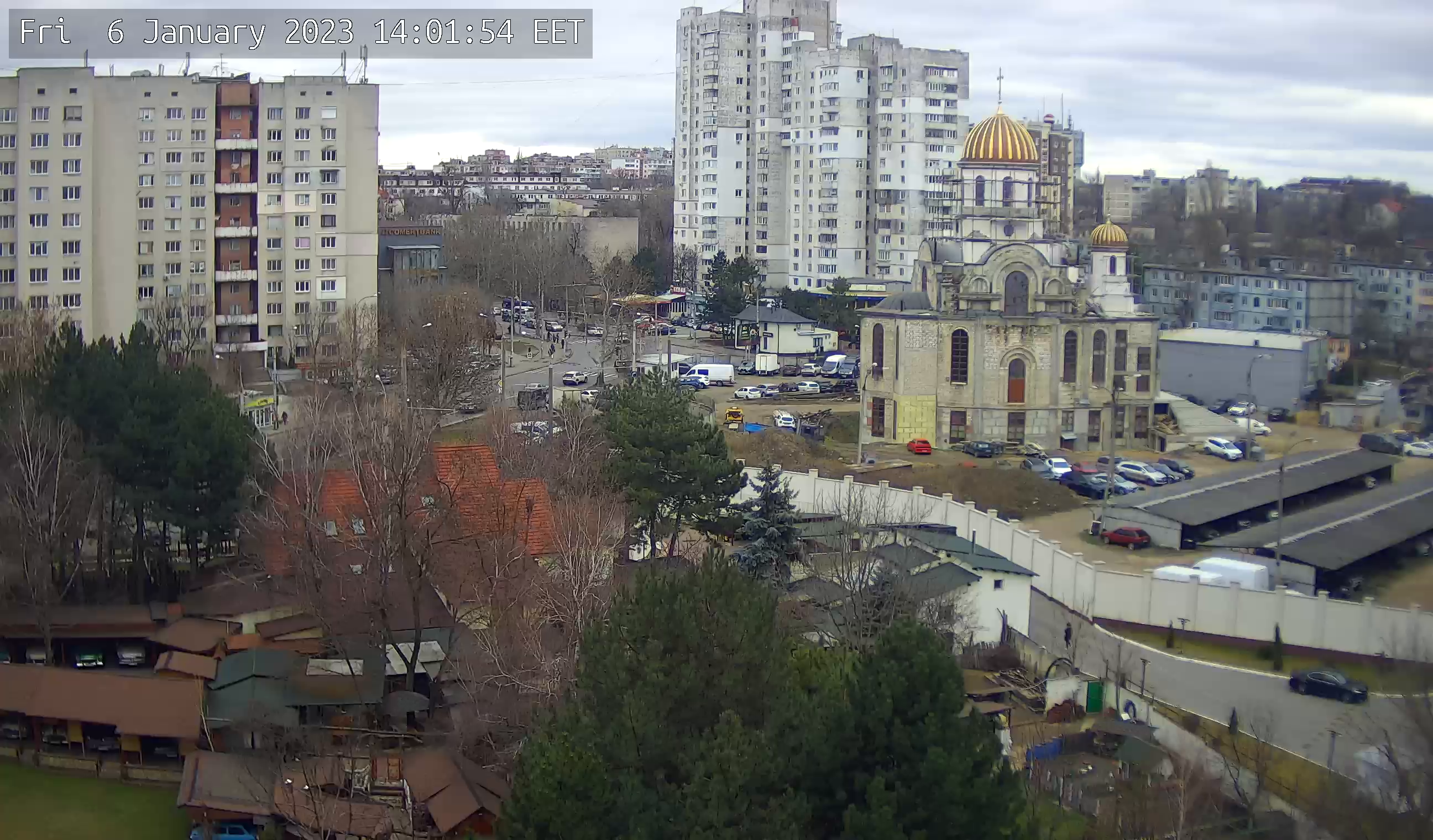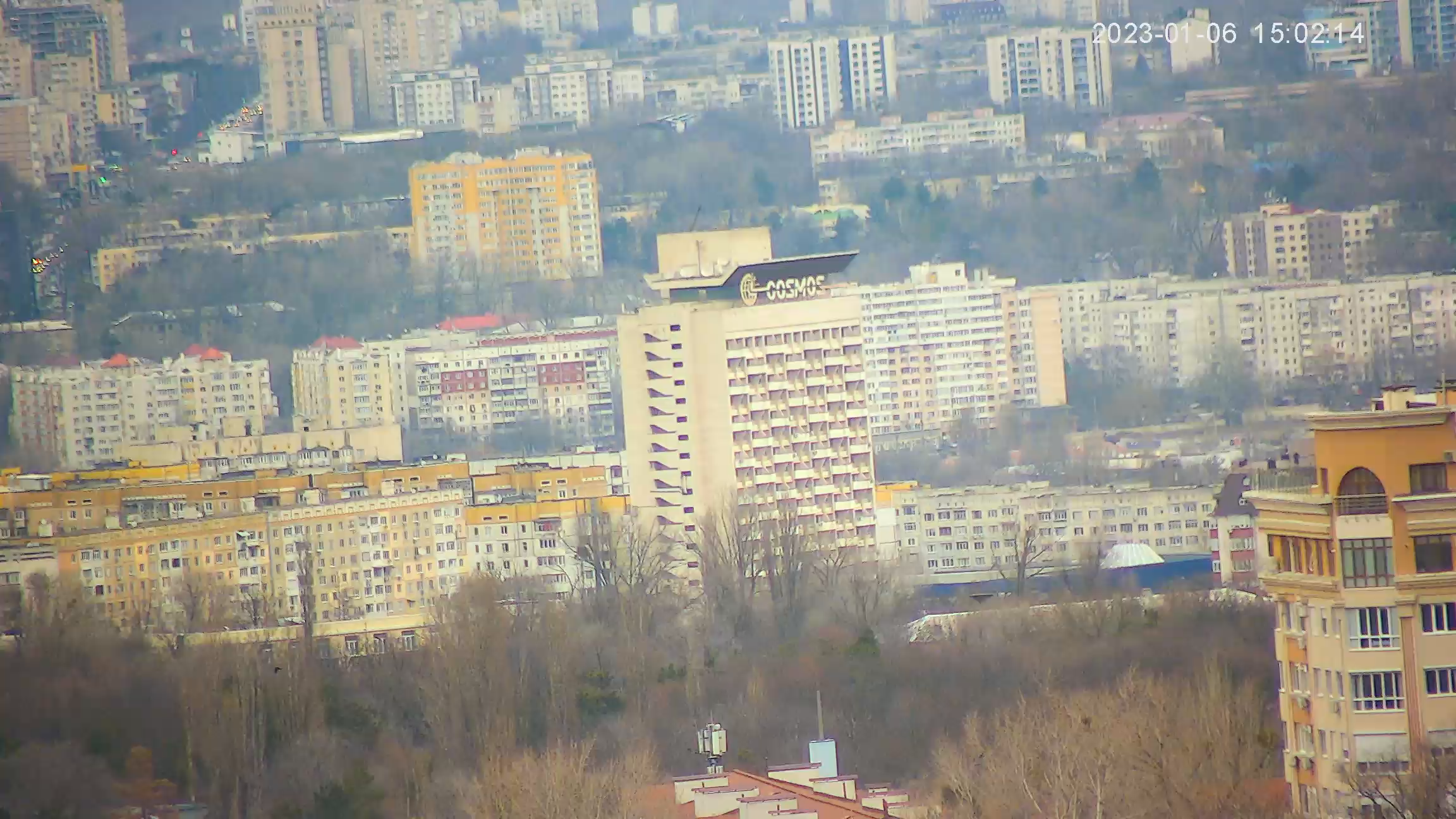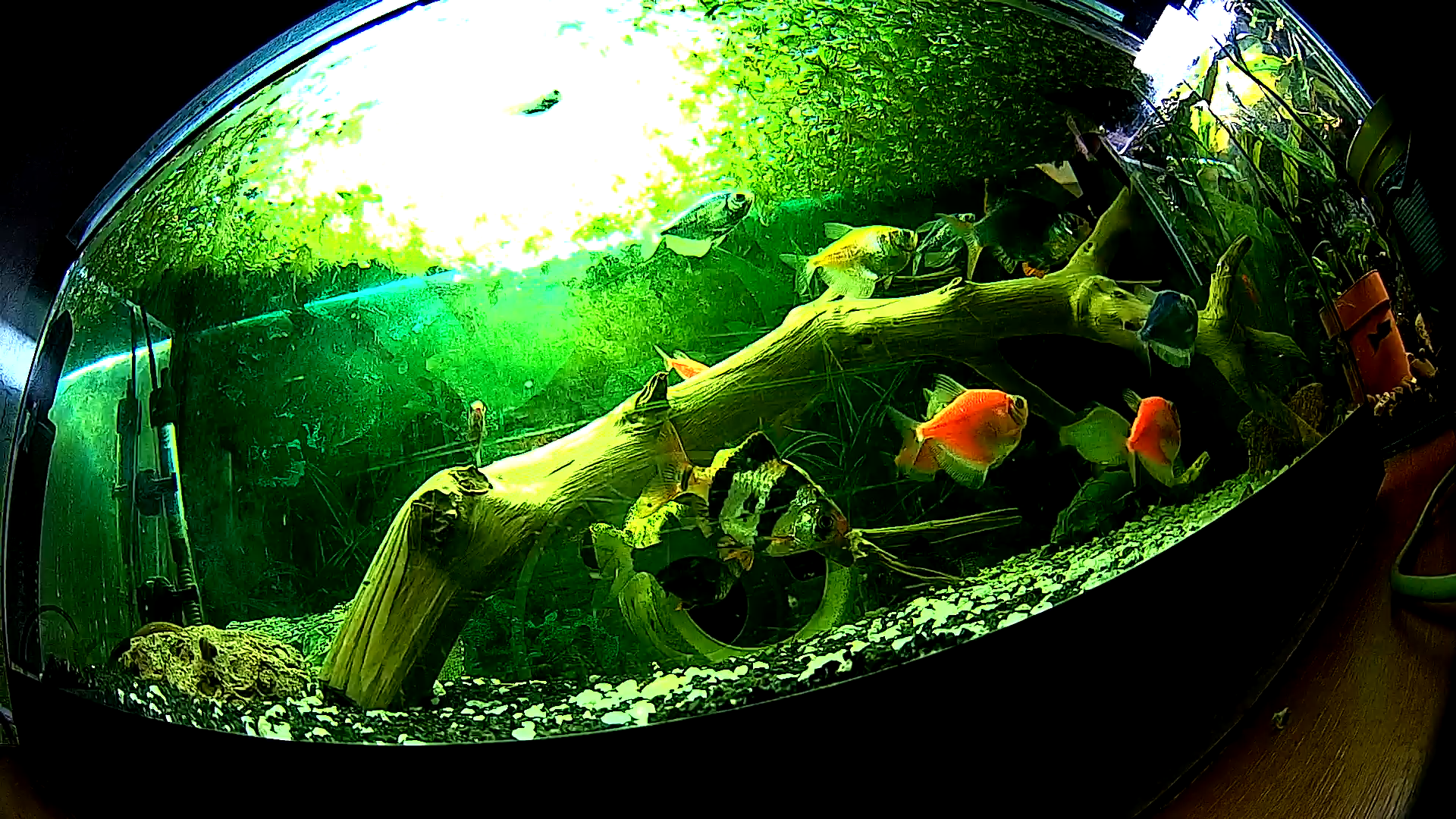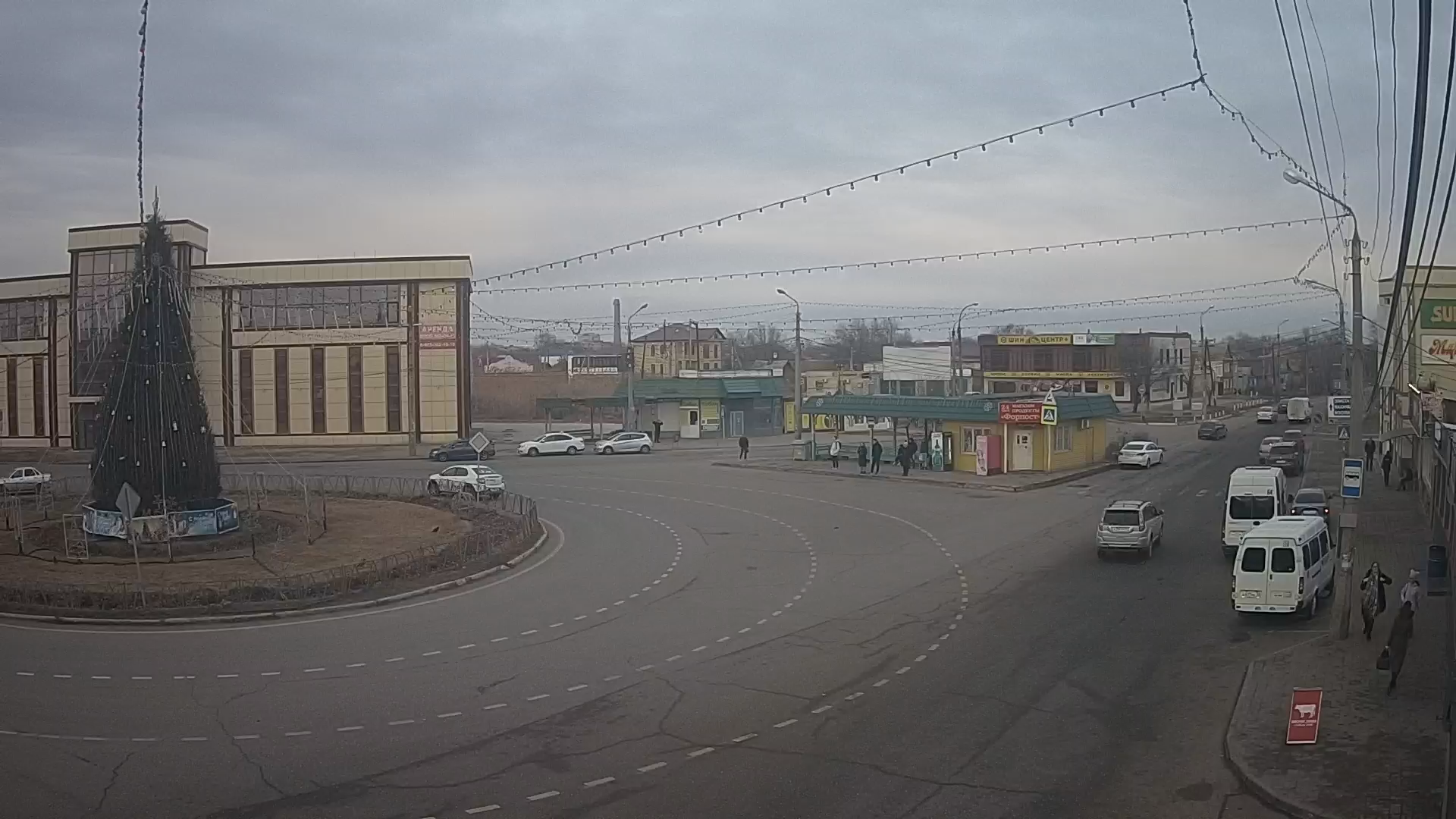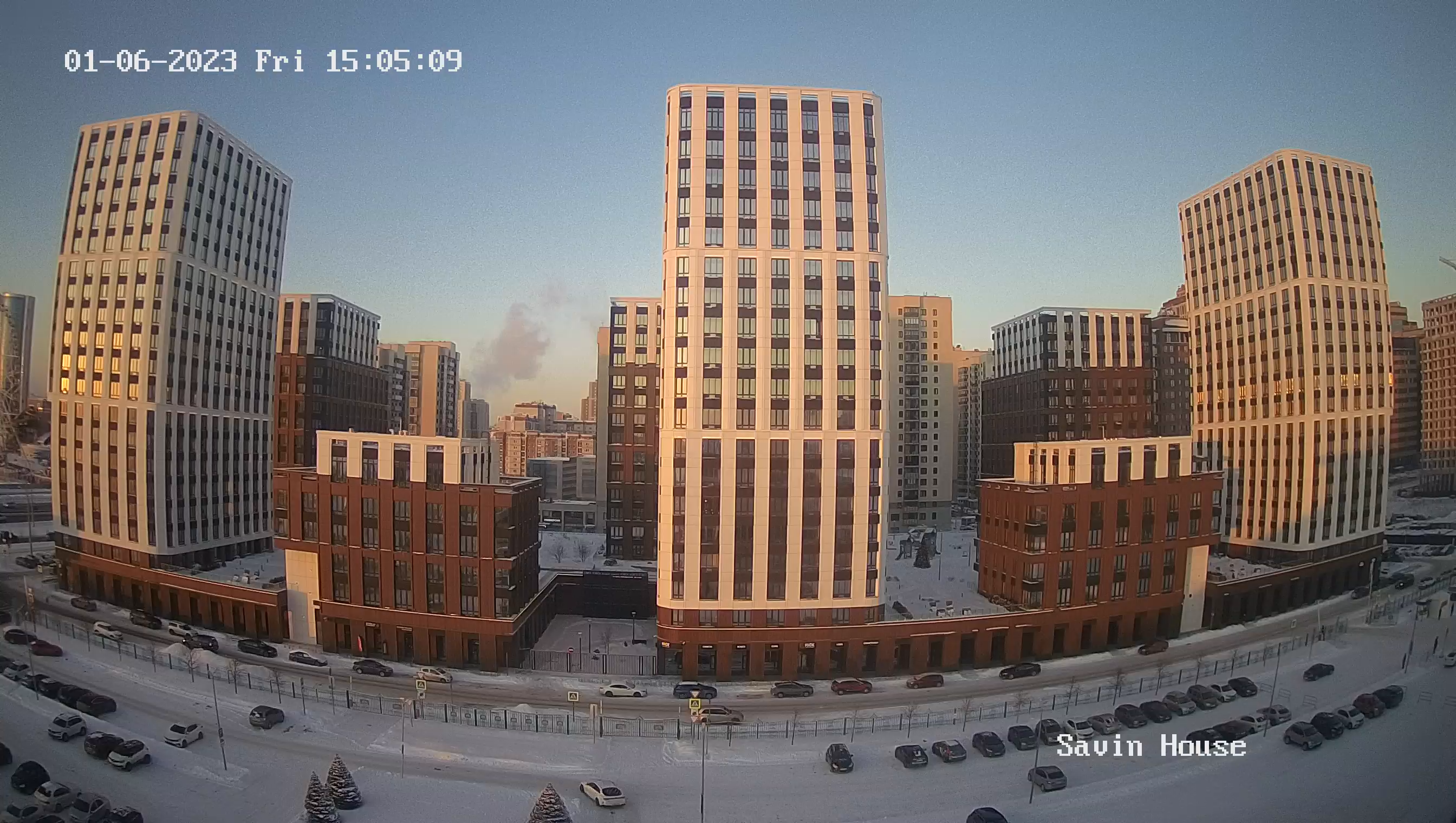Webcam Sofia. Queen Joanna Boulevard
Sofia is the capital of Bulgaria and also the largest city in the country. It is a place with a rich and ancient history, every landmark of which reflects the complex past of the whole state: ancient churches turned into mosques, monumental socialist architecture and Roman heritage intertwined with the modern city.
Now Sofia is a dynamic European capital with beautiful landscapes and unique architectural combinations as well as many beautiful sacred monuments.
Sofia is located in western Bulgaria on the southern edge of the eponymous basin. The city is situated at the foot of the Vitosha Mountains. The historical center lies at an altitude of 553 meters above sea level.
Sofia is one of the oldest cities in Europe. It is believed that the future capital of Bulgaria was founded about 2500 years ago. In the 1st century AD the Roman settlement Serdica was founded there, which during the late Antiquity was the center of the province of Thrace.
In the 5th century the city was devastated by the Huns. In the 6th century it was revived by Justinian under the name of Triaditsa. In 809 the city became part of the Bulgarian kingdom and was named Sredets. In 1382 Sofia was captured by the Ottomans. The modern name the future capital of Bulgaria received at the end of the 14th century.
In 1443 Sofia was captured and looted by Polish-Hungarian troops. Later the city was restored and became second in importance in the Ottoman Empire after Istanbul. In 1870 Sofia was one of the centers of Bulgarian liberation movement. During the Russo-Turkish War (1877-1878) the city was occupied by Russian troops. In 1879 Sofia was declared the capital of the Principality of Bulgaria. During World War II the city suffered from Allied bombing.

